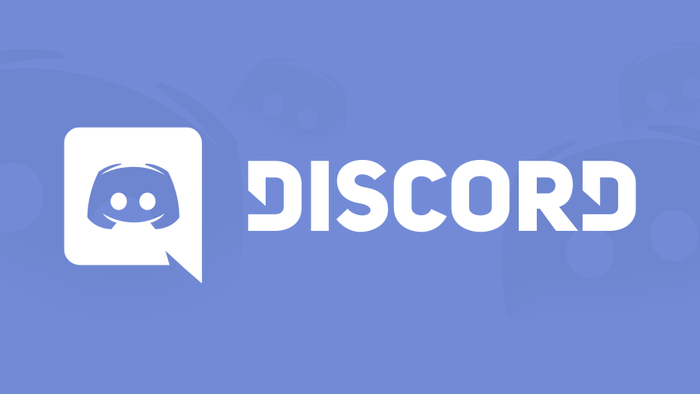Hi there! I’m Unoraptormon, a sci-fi/fantasy author, artist, animator, and streamer, among many other things, and I am doing a Kickstarter for my first book, Usek: Haven’s Last Blade.
Step 1: Choose a Crowdfunding Platform
Let’s get into the meat and potatoes of this. I did a lot of research on what platform to use for crowdsourcing. I weighed my options, including the thought of coding something for my website. The two deciding factors were the familiarity of Kickstarter and the fact that I do not have the skills to code something like that. (If you can program, you have my respect and awe.)
I made my final decision about eight months ago, which is also when I decided when I would officially publish my book.
Step 2: Campaign Set-Up
To prepare, I made an account and a new campaign. It was a little overwhelming at first, as I had never done something like this before. So, I looked through other people’s book campaigns on Kickstarter. I wrote down what most people had on their’s, along with a few of the unique things that I thought were pretty neat, then figured out how to apply it to mine.
I paid close attention to what the campaigns offered, and, after that, any time I couldn’t figure something out, I dove into Kickstarter’s Creator Handbook and swam around until I found my answers.
Step 3: Create Your Promo Plan
From there, I decided to run the Kickstarter for 60 days, which is the max amount of time. I made a plan for marketing while I was figuring out my rewards to make sure I weaved them together.
The plan was:
- To have all of my rewards and stretch goals set
- Make an animation a month, using the characters from my novels to advertise them
- Tell my Twitch community and Twitch friends about the Kickstarter
- Post weekly on my socials for the month leading up to the launch
- Post weekly during the campaign
I launched this plan in January. Unfortunately, like many military folk know, “No plan survives first contact with the enemy.” Murphy’s law was that enemy, and boy howdy, my plan shattered like a glass pane dropped from a fourth story window when it hit.
Despite that, I succeeded in getting my Kickstarter funded in eleven days. So the big question is, how’d I do it?
Learn and Adapt!
Much like the Hydro Heads in my world, I learned and adapted. The first lesson learned was the frequency of social media posts. I couldn’t keep up with one post a week. I could, however, keep up with one post a month through my newsletter.
Next lesson was marketing through animation. I started out thinking I could do these extravagant animations every month. I underestimated the amount of work those would take and I didn’t take Murphy’s law and burnout into account. I ended up writing down the simplest frames for each animation then animated that.
For the burnout, I had planned breaks. One day a week, I would rest. No work, period. I accepted that I couldn’t do the big vision and get important things done, and changed plans.
The final road block was setting my rewards and stretch goals. I thought I needed to have everything finalized when I launched. Turns out, you don’t. You just need the initial goal and the initial rewards.
While the campaign is running, you can work on setting stretch goals. You only have to worry about getting your stretch goals finalized when you get close to funding. I’d say around 70% to 80% of your goal is when you need to finalize most of your stretch goals. Yes, I said most. You can do stretch goals in parts.
Keys to Kickstarter Success
Now for the things that went right. Like the main character from my novel, I gathered a community that surprised me with their support.
I told my Twitch communities, both my Raptor Pack over on my Twitch as well as the communities I’m in, what I was doing. Keep in mind, I grew these connections over the last seven years. The response from my communities was quite surprising.
Thanks to them, my project funded in eleven days.
Another thing that helped that was my low initial goal. The way I went about setting my initial Kickstarter goal, was that I looked over everything I wanted to do in relation to my book and I broke down the costs into chunks. I took the lowest priced chunk and set that as my goal.
Why pick the lowest price? The third thing that went right: Playing Kickstarter’s algorithm. The faster your project gets funded, the more likely Kickstarter will push your project to the front page, which will get more eyeballs on your project. A relatively low goal is easier and faster to hit.
Too low of a goal, however, will result in a limited reach. Overall, just make sure you can get things done with your set goal. Kickstarter and their payment processors take fees from your total funds raised and if you have physical goods, you’ll need to worry about shipping and shipping materials. With shipping and all of those fees in mind, the cheapest chunk for me was buying physical books to sign and ordering stickers for people to enjoy.
My Kickstarter is still ongoing and will end July 31st, so these are all the lessons I’ve learned so far. If you have any questions, you can ask me over on my Twitch. I stream Thursday through Saturday. I hope this helps!
















